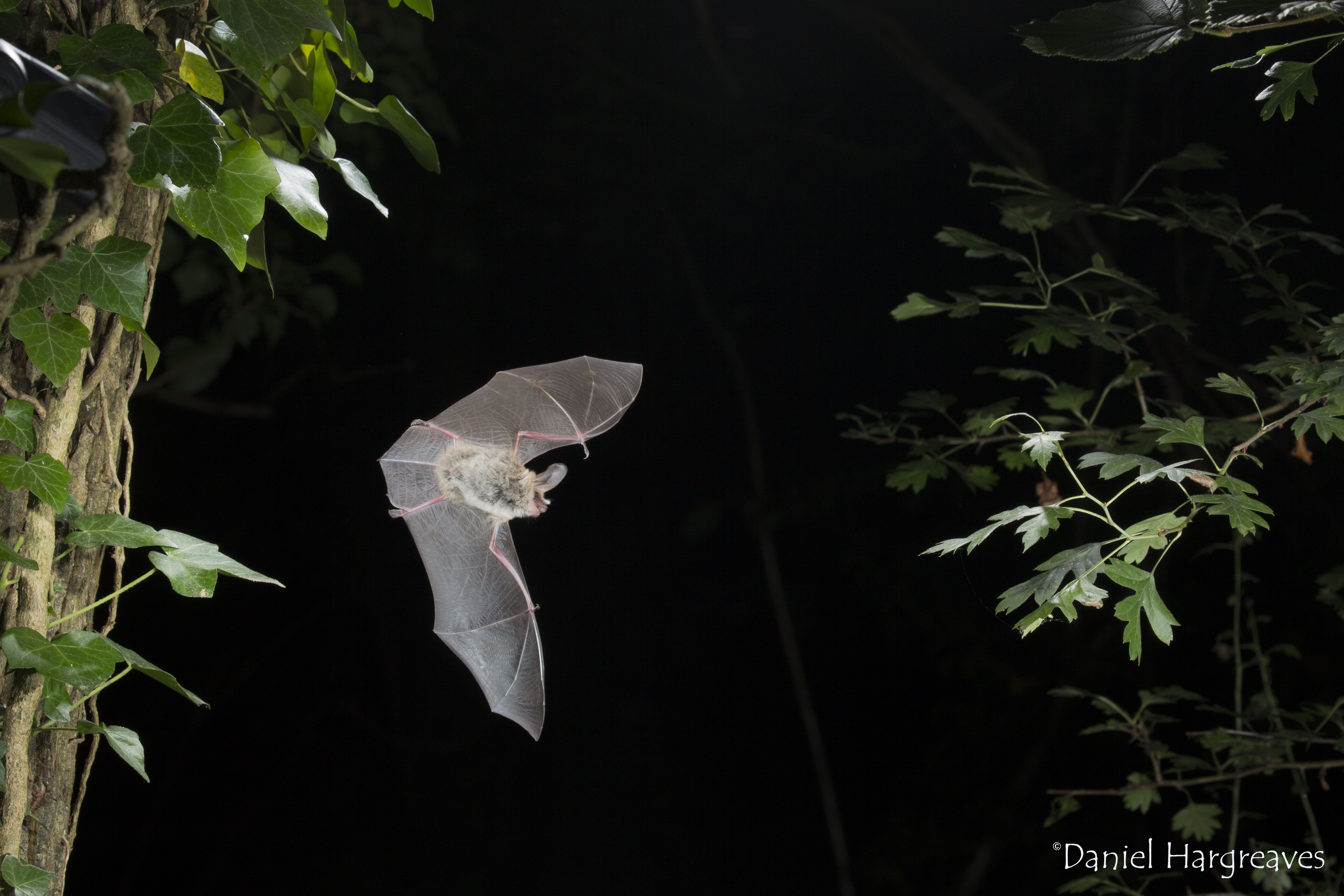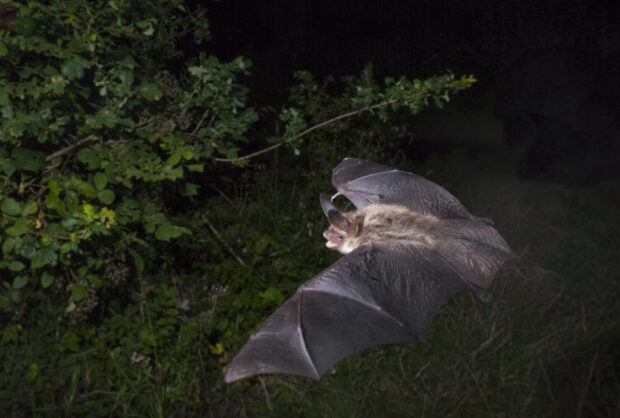
There has been inaccurate coverage about Natural England’s involvement in the development of HS2's bat tunnel.
Natural England has not required HS2 Ltd to build the reported structure, or any other structure, nor advised on the design or costs. The need for the structure was identified by HS2 Ltd more than 10 years ago, following extensive surveying of bat populations by its own ecologists in the vicinity of Sheephouse Wood.
HS2 has an obligation throughout the whole route to abide by legislation that exists to protect nature. Natural England and HS2 have a team that work closely together to ensure that this duty is observed, so the rail line can be completed without harming important wildlife.
Natural England was consulted by HS2 on whether the proposal designed to mitigate the impact of the railway on rare and protected bats was sufficient to comply with environmental law - we advised that it was.
It is for HS2 Ltd to make choices, consider risks and factor in costs when deciding how to comply with environmental law - that could be by choosing a route which avoids species and sites protected for nature or by investing in mitigations to limit the harm when the route passes through sensitive sites.
Bechstein’s bats are a highly protected species across Europe. They are one of the UK’s rarest bat species, with an estimated population of 21,6001. A study is ongoing to understand the population and distribution more accurately. HS2 itself provided evidence in its 2013 Environmental Statement that bats would be at risk of colliding with high-speed trains, threatening the conservation of Bechstein’s bat and other species2.
We are facing a nature crisis with 1 in 6 species in the UK now facing extinction. That is why development must be sustainable and work alongside nature recovery to protect our natural environment for the future.

- Definition of Favourable Conservation Status for Bechstein's bat ↩︎
- Reference: HS2 Phase 1, Environmental Statement, 2013. ES Vol 2, CFA report 13. Section 7.4 effects arising from construction, 7.5 Effects arising from operation
Extracts from these sections:
7.5.7 The green overbridges, underpasses and associated planting provide crossing points to channel bats to the existing key crossing points at School Hill (CFA13), as well the Adam’s accommodation underbridge, Grendon Junction, Benfield's overbridge (which will be replaced by Bridleway GUN/28 accommodation green overbridge) and the Costello Underbridge (which will be replaced by Footpath CAG/2 underbridge) (all in CFA12), that have been demonstrated by radio tracking surveys to link roosts and foraging areas. This will reduce the risk of killing and injury, but will not fully mitigate these effects in the operational phase of the Proposed Scheme. Bats may continue to commute along vegetation close to the Aylesbury Link railway line, resulting in risk of collision. In addition, bats were recorded crossing the route of the Proposed Scheme along the western boundary of Sheephouse Wood. This includes Bechstein’s as well as Brandt's and Daubenton's bats.
7.5.8 Without additional mitigation, the ongoing loss of individuals of these species over several generations, particularly where roosts are present close to the Proposed Scheme could have an adverse effect on their conservation status significant at the national level for Bechstein's bat, the regional level for the assemblage of woodland bat species, and at up to the county level for Nathusius’ pipistrelle. ↩︎
6 comments
Comment by Paul Kennedy posted on
Well said - but <10 breeding colonies in England? Do you mean 100? 1000? A typo surely?
Comment by Joe Hardy posted on
HS2 did not claim that Natural England compelled them to do so. The necessity and design of the "bat shed" were an example of the constraining requirements placed on HS2 Ltd, with 8,276 consents needed on the route - a element in its high cost and delays.
The claim that Bechstein's bats are amongst the world's rarest bat species is incorrect, although they are near threatened, they are in great numbers found throughout Europe and Western Asia.
There is no "ample" evidence also that high speed trains would pose a risk to bats in this instance.
Coming out to make this statement only helps to point to the rot and planning dysfunction that makes the UK a world leader in cost overruns and delays in building anything
Comment by Chris Impey posted on
For the second paragraph, if Bechstein's were found in great number then they wouldn't be considered near threatened, so there's a bit of a contradiction in your statement there.
Most importantly their population trend is downwards and the biggest threats are inappropriate development of woodland habitats. Feels relevant. https://www.eurobats.org/about_eurobats/protected_bat_species/myotis_bechsteinii
There's also a strange logic to your statement that it's ok to trash our environment because other wildlife is present across the Channel. Surely we're supposed to protect our environment and heritage?
Comment by Joe Hardy posted on
Being threatened and being the "one of the world's rarest" are very different claims
Comment by Neil Wyatt posted on
The whole thing is a most peculiar structure that appears massively over-engineered for its intended purpose. It would be cynical to suggest that it was designed with the well-being of architects, designers and constructors than that of the bats in mind.
Comment by D TRYNER posted on
Any one off project of this kind is going to be expensive whether over designed or not. I'm sure those contracted to implement it were not too worried. Given my knowledge of bats ( limited) but having watched film of their flight behaviour I just wonder whether their reaction time to the speeding HS2 would have been well within their capacity to avoid collision. The project was a total waste of resources.